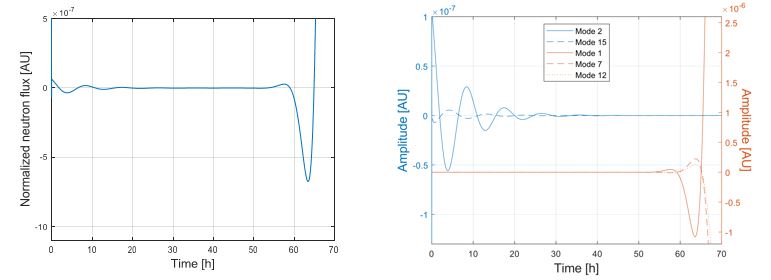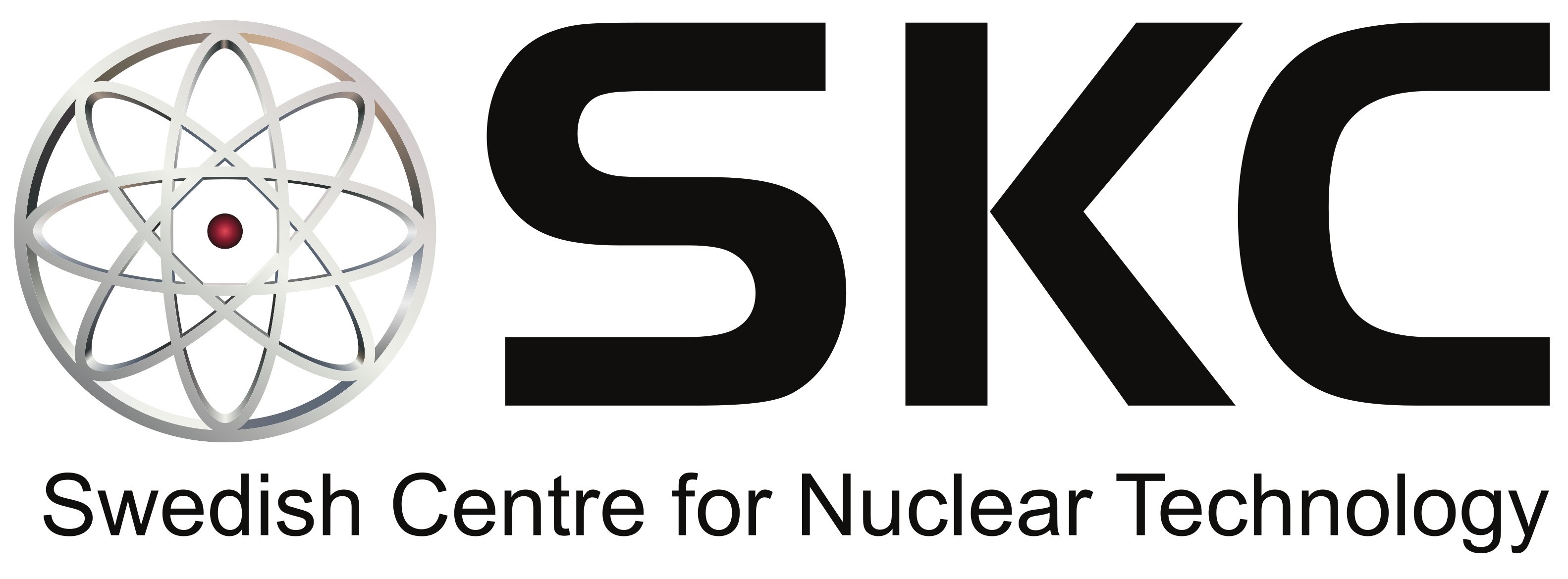Study of core stability during load follow with ROM methods

Research host
Chalmers University of Technology
Department of Physics
Division of Subatomic, High Energy and Plasma Physics
Research done by doctoral student
Kristoffer Tofveson Pedersen
Formal project start
2020-09-01
Expected time of completion
2025-01-31
Main supervisor
Prof. Christophe Demazière
Co-supervisor
Assoc. Prof. Paolo Vinai
Discipline
Reactor Physics
Keywords
Reactor modelling; high-fidelity simulations; Reduced Order Modelling; xenon oscillations; xenon instabilities
Motivation
With the decreasing share of electricity produced by nuclear power in Sweden in the years to come and the corresponding increasing share of electricity produced by wind and solar power systems, an increasing reliance on intermittent energy sources in the Swedish grid is expected. As a result of this, the Swedish nuclear fleet will have to shift from a base load production mode to a load-follow production mode.
Adjusting the reactor power to follow the demand on the grid might nevertheless result in instabilities in the neutron flux under unfavourable core conditions, caused by the production/consumption of the xenon fission product. Such oscillations have a period of ca. 15-30 hours. Because of their relatively long time period, the oscillations might remain unnoticed before they develop significantly, then requiring operator action in form of partial control rod insertion. In addition to detect these oscillations when they develop, it is of utmost importance to determine whether a core configuration is stable or unstable with respect to Xenon oscillations.
In this PhD project, it is proposed to develop a Reduced-Order Model (ROM) to study the stability properties of nuclear reactors during load follow conditions. In a ROM, the balance equations describing the time- and space-dependence of the neutron flux are projected onto a few properly chosen basis functions of space only. The main advantage of a ROM is to replace the complexity of the modelling of a nuclear reactor by a set of reduced balance equations, which adequately describe the physical phenomena being considered.
The main objective of the work is to be able to understand the parameters involved when studying the stability of a nuclear reactor with respect to load-follow conditions, and to be able to assess whether a core loading is stable or unstable directly from the ROM, without turning to lengthy and complex high-fidelity simulations.
Progress
The PhD project started on September 1st, 2020. Since then, a three-dimensional heterogeneous PWR core model was considered and used as a basis to construct equivalent linear three-dimensional 1 energy group homogeneous- and 2 energy group heterogeneous core models. From this, the governing equations could be derived in a likewise simple linear 1 energy group analytical model to maximise transparency of the underlying physics.

| Figure 1: (Left) Simulated neutron flux at a point in the reactor. (Right) Time dependence of the amplitudes of the governing eigenmodes. |
A “physics”-based ROM approach has been followed. The spatial basis functions, on which the spatial dependence of the neutron flux is projected, were chosen as the eigenmodes of the neutron diffusion operator. From this expansion, the time dependence of each individual mode has been derived both analytically and numerically and compared successfully. The interdependency between the modes and collective time behaviour have been solved numerically.
Methodology
The physics based intrusive ROM was created using a linear approximation which is only valid for small deviations from the mean equilibrium values of neutron flux and xenon-and iodine concentration. A heterogenous multigroup model is under development. High-fidelity simulation data from Ringhals and possibly Forsmark will be used as a basis for a data-based non-intrusive ROM, once acquired. The intrusive and non-intrusive approaches will be compared to each other and to simulated test cases.
Communication
The project was presented at the SKC annual symposium 2020 and 2021. A conference paper was submitted and presented at the ANS annual meeting on 12 – 16 June, 2022, as well as at the SAINT workshop 25-26 August, 2022. The project was discussed with stakeholders at Ringhals and Forsmark and the data acquisition process started with Ringhals.
